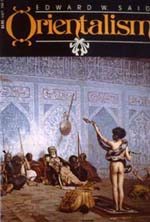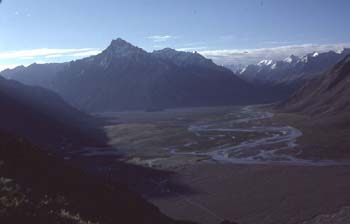The Himalaya:
A Cultural, Religious, and Geographic History
An elective course for high school juniors and seniors
Drew Devore
Episcopal School of Acadiana
Cade, Louisiana
|
Unit 2: How to study other cultures One of the most complicated things about studying other cultures is maintaining one's objectivity, while still being able to make informed criticism. This unit is designed to help students find the proper approach to studying the himalaya, without being overly cricital or idealizing the region too much. Part I: Orientalism
Part II: Rules for Comparative Religion
|
This site was created by Andrew Devore at the NEH Summer Institute "Cultures and Religions of the Himalayan Region," held at the College of the Holy Cross, Summer 2006









